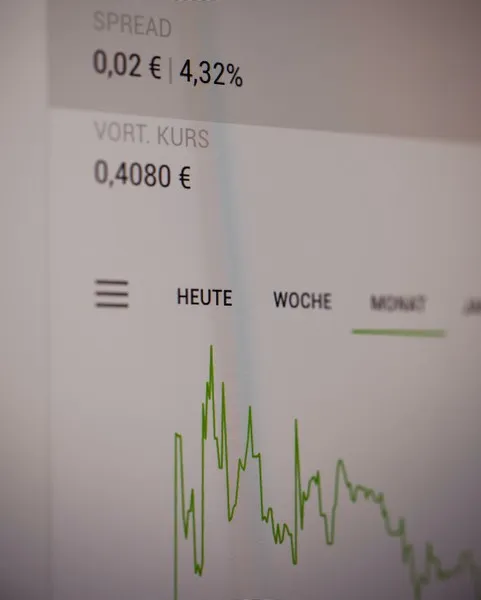Table of Contents
- Theoretical Framework
- Historical Context and Evolution
- Case Studies
- Economic and Social Implications
- Broader Societal Implications
- Conclusion
- Think!
- Essay Suggestions
- Research Suggestions
- Further Reading
Shrinkflation refers to the practice of reducing the size or quantity of a product while maintaining the same price. This effectively increases the cost per unit of weight or volume, making it a subtle form of inflation. The term was coined by economist Pippa Malmgren and highlights a crucial yet often overlooked aspect of consumer economics. The study of shrinkflation in sociology provides valuable insights into consumer behavior, corporate strategies, and broader economic trends. It also reflects deeper issues such as economic inequality, market dynamics, and the psychology of consumption.
Theoretical Framework
Consumer Behavior and Perception
Shrinkflation capitalizes on consumers’ sensitivity to price increases more than to changes in quantity. This phenomenon can be understood through various behavioral economics concepts:
- Cognitive Biases: Consumers exhibit biases such as the endowment effect, where they value products more once they own them, and the status quo bias, preferring things to stay the same. These biases make them less likely to notice reductions in product size.
- Price Elasticity: Price elasticity of demand suggests consumers are more reactive to price changes than to size reductions, which companies exploit through shrinkflation.
Corporate Strategy and Market Dynamics
Corporations employ shrinkflation to maintain profitability when facing rising production costs without directly raising prices, which could deter customers and reduce market share.
- Cost Management: Shrinkflation allows companies to manage costs stealthily.
- Competitive Strategy: By avoiding price increases, companies remain competitive in the market.
Sociological Perspectives
Get the full article AD FREE. Join now for full access to all premium articles.
View Plans & Subscribe Already a member? Log in.





